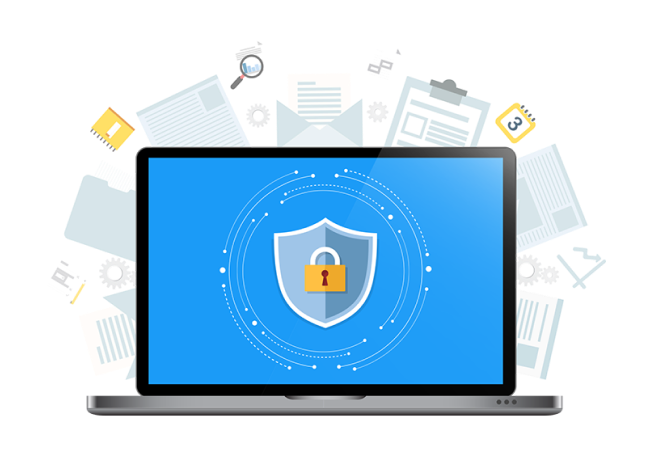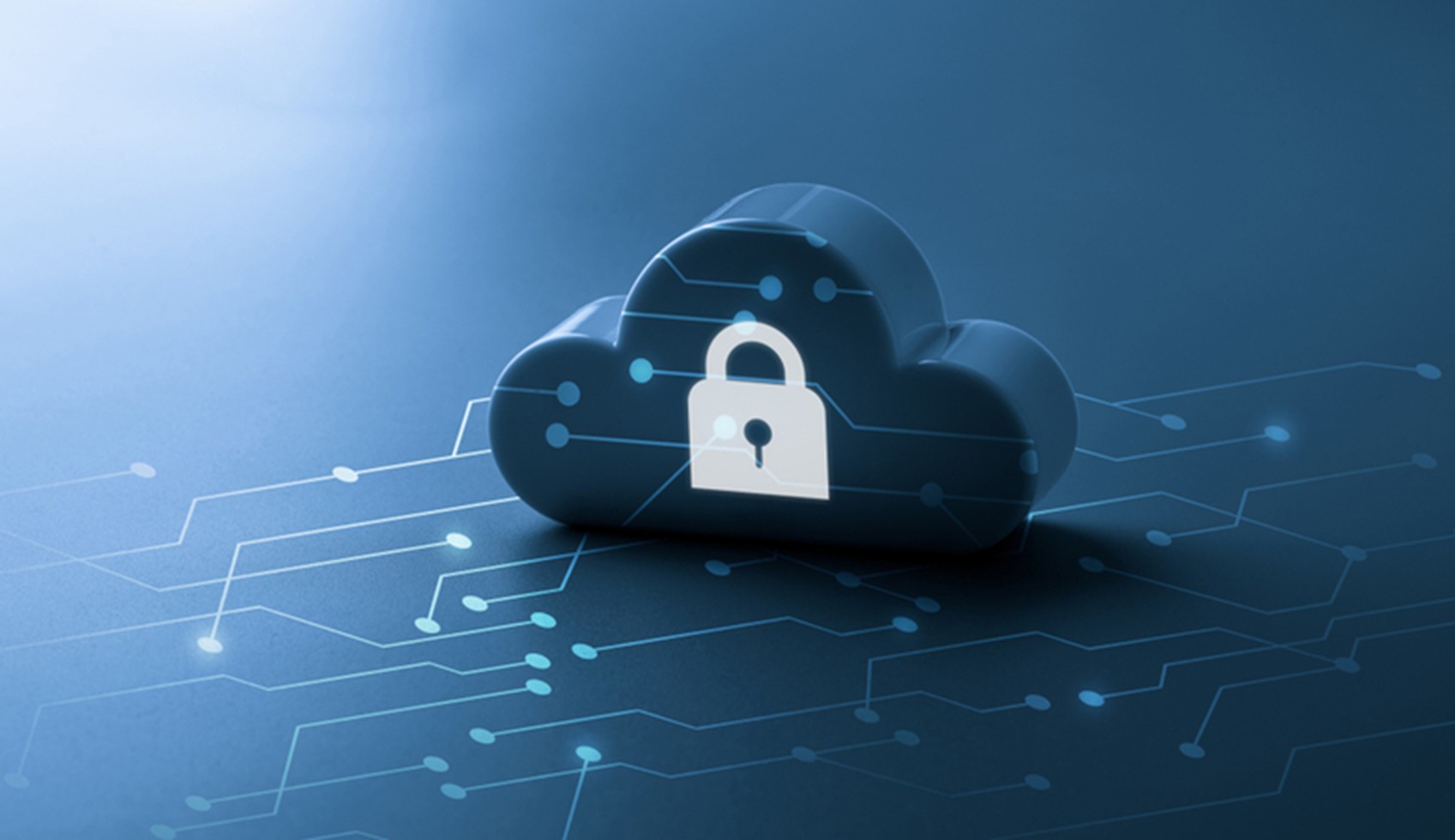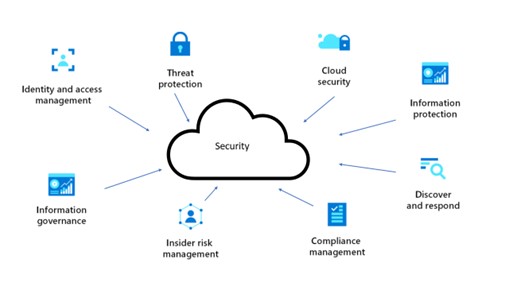Cloud Security: Protecting Your Data in the Cloud
As businesses increasingly adopt cloud computing for its flexibility, scalability, and cost
savings, the need for robust cloud security has never been more critical. Whether storing sensitive customer data,
running applications, or managing workloads, organizations must ensure that their cloud environments are secure
from cyber threats. While cloud providers offer advanced security features, responsibility for securing data in
the cloud is shared between the provider and the customer.
The Importance of Cloud Security
The cloud has transformed how organizations operate, enabling remote work, global
collaboration, and the rapid deployment of services. However, as more data is moved to the cloud, it becomes a
prime target for cyberattacks. From data breaches to insider threats, cloud environments face various risks,
making security a top priority.
- Data Breaches: Cybercriminals may exploit vulnerabilities to gain
unauthorized access to sensitive data stored in the cloud.
- Misconfigurations: Incorrectly configured cloud settings can expose
data to the public, leaving it vulnerable to attacks.
- Insider Threats: Employees with improper access rights or malicious
intent can compromise data or cloud resources.
- Account Hijacking: Stolen credentials can give attackers control over
cloud accounts, leading to data theft or loss of critical services.
Shared Responsibility Model
Cloud security operates under a shared responsibility model, where both the cloud service
provider (CSP) and the customer have distinct roles in ensuring security. Understanding this model is crucial for
knowing where your responsibilities lie.
- Cloud Service Provider's Responsibility: The CSP is responsible for
securing the infrastructure, including hardware, networking, and physical data centers. They manage the security
of the cloud itself, ensuring uptime, patching vulnerabilities in their systems, and safeguarding against
physical breaches.
- Customer's Responsibility: The customer is responsible for securing
data within the cloud, which includes managing user access, configuring the security settings of cloud
resources, encrypting data, and monitoring for suspicious activity. Essentially, while the provider secures the
cloud infrastructure, customers must secure the data and applications they place in the cloud.
Best Practices for Cloud Security
- Use Strong Access Controls: Controlling who has access to your cloud
resources is a critical aspect of cloud security. By limiting access to only those who need it, you can reduce
the risk of unauthorized access and insider threats.
- Role-Based Access Control (RBAC): Implement RBAC to assign
permissions based on roles, ensuring that users only have access to the resources necessary for their job
functions.
- Multi-Factor Authentication (MFA): Enforce MFA across all cloud
accounts. This adds an additional layer of security by requiring users to verify their identity with more than
just a password.
- Encrypt Data at Rest and in Transit: Encryption is one of the most
effective ways to protect sensitive information stored in the cloud. Encrypting your data ensures that even if
it’s accessed by unauthorized individuals, it remains unreadable without the decryption key.
- Data-at-Rest Encryption: Enable encryption for data stored in the
cloud to prevent unauthorized access, even if the storage system is compromised.
- Data-in-Transit Encryption: Use secure protocols like SSL/TLS to
encrypt data as it moves between your systems and the cloud, protecting it from interception by hackers.
- Regularly Audit and Monitor Cloud Activity: Continuous monitoring of
cloud environments is essential for detecting security incidents in real time. Implementing a robust auditing
process allows you to track user activity, identify unusual behavior, and respond to potential security issues.
- Cloud Security Posture Management (CSPM): Deploy CSPM tools to
automatically detect misconfigurations, compliance violations, and security risks in your cloud
infrastructure.
- SIEM Solutions: Security Information and Event Management (SIEM)
tools collect and analyze security logs from your cloud environment, providing real-time alerts for any
suspicious activities.
- Implement Cloud Backup Solutions: Data loss in the cloud can occur due
to human error, cyberattacks, or hardware failure. Implementing a comprehensive backup strategy ensures that
your critical data is recoverable in case of accidental deletion or a ransomware attack.
- Regular Backups: Schedule regular backups of your cloud data to a
secure location, whether in a different cloud region or an on-premise storage solution.
- Versioning: Enable version control to retain multiple versions of
files and documents, allowing you to restore older copies if necessary.
- Secure APIs and Integrations: Many organizations rely on APIs
(Application Programming Interfaces) to connect various cloud services and applications. However, insecure APIs
can be exploited by attackers to gain unauthorized access to cloud resources.
- API Security Best Practices: Use API gateways and security controls
such as OAuth and token-based authentication to ensure that only authorized systems and users can interact
with your cloud resources.
- Regular API Audits: Regularly audit API usage and monitor for unusual
activity that could indicate an attack.
- Adopt a Zero Trust Architecture: Zero Trust is a security model that
assumes that no entity, whether inside or outside the network, can be trusted by default. It requires continuous
verification of all users and devices attempting to access resources.
- Network Segmentation: Segment cloud environments to limit access to
sensitive data and services.
- Least Privilege: Apply the principle of least privilege, granting
users only the permissions they need to perform their tasks.
- Compliance and Legal Considerations: Organizations must adhere to
various legal and regulatory frameworks regarding data security, such as GDPR, HIPAA, and CCPA. Understanding
and complying with these regulations is critical when storing and processing data in the cloud.
- Compliance Monitoring: Use tools that help you monitor your cloud
environment for compliance with applicable regulations.
- Data Residency: Ensure that sensitive data is stored in geographic
locations that comply with relevant legal requirements.
Conclusion
Cloud computing offers numerous advantages, but it also brings unique security challenges.
Protecting your data in the cloud requires a proactive approach, with both the cloud provider and the customer
sharing responsibilities. By implementing strong access controls, encrypting data, monitoring cloud activity, and
securing APIs, organizations can significantly reduce their risk of a cloud-related security breach.



